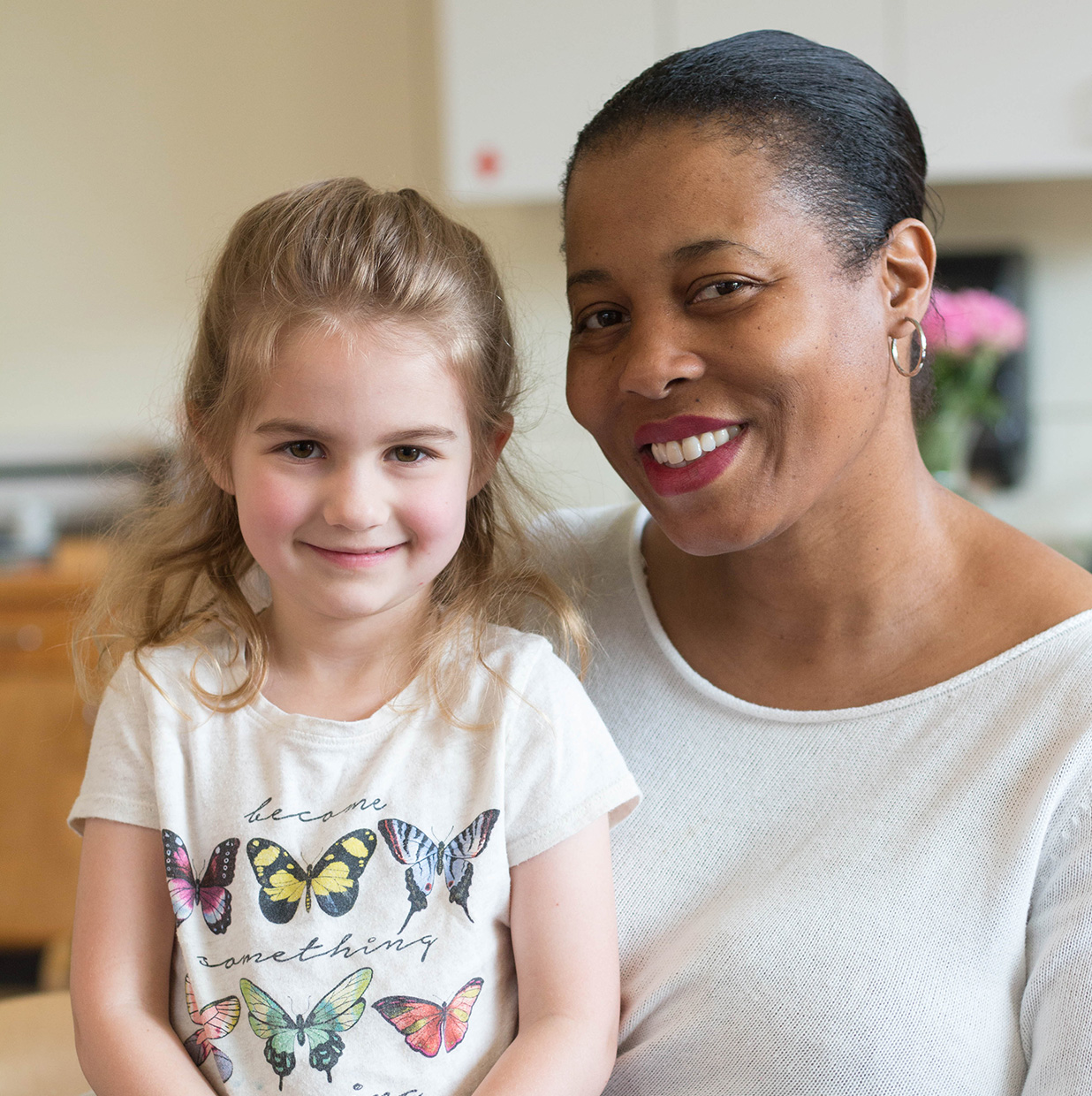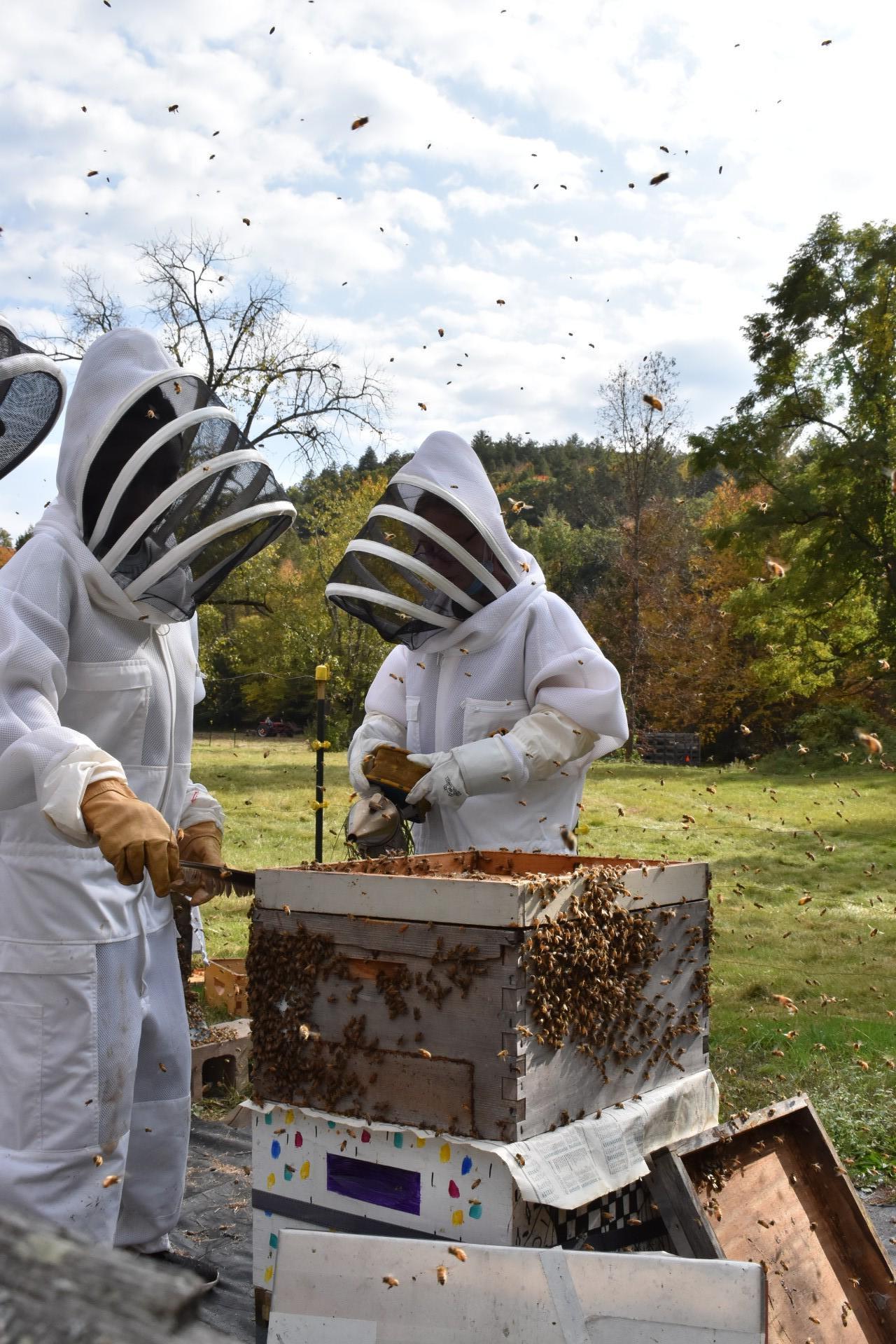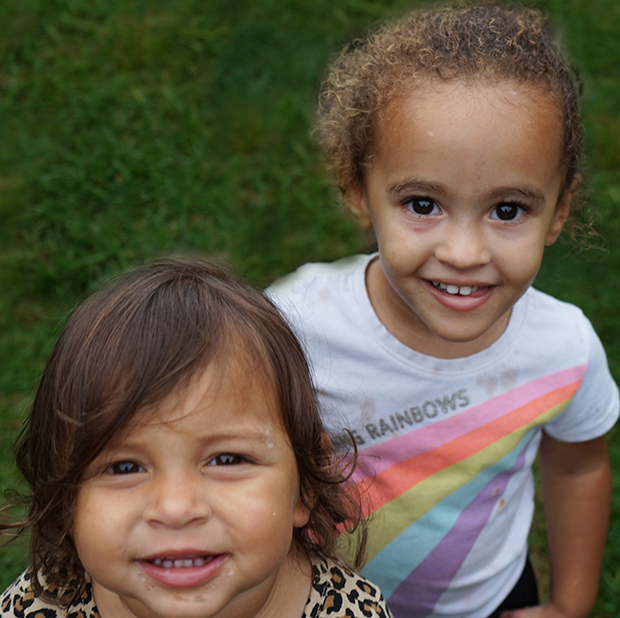"Every child is a unique individual that needs to be understood, respected, admired and unconditionally accepted..."
-Dr. Maria Montessori, physician and passionate advocate for children, 1870-1952.
MSGH Philosophy
As an Association Montessori Internationale (AMI) school, MSGH has the highest regard for the research and teachings of Dr. Maria Montessori. We strive to bring the richness of her vision to life in our classrooms every school day; thereby, nurturing the joy and love of learning in each and every child.
To ensure that your child and family benefit fully from your Montessori experience, we encourage you to read our brief summary of Montessori below, and to continue your own “Montessori education” by asking questions, attending Parent Information events, and observing your own child.
How is Montessori Different?
Considered revolutionary more than 100 years ago, the Montessori approach to education continues to offer a distinct alternative to conventional teaching methods today. Following are some key differences:
Rather than regard the child as a passive ‘empty vessel’ into whom knowledge must be poured, Dr. Montessori understood that children come into the world ready to learn and eager to master their environment.
Rather than expecting children to develop in lockstep, Dr. Montessori observed that each child’s abilities develop and unfold at a unique pace and in a unique order that is natural for him or her. Montessori further observed that honoring and supporting the child’s natural development resulted not only in optimal learning, but also in productive behaviors such as increased concentration, independence and cooperation.
Rather than rely on extrinsic rewards (today’s grades, gold stars and praise) to spur achievement, Dr. Montessori understood that perseverance and mastery were best encouraged by nurturing the joy and love of learning itself.
Rather than containing and controlling the natural energy of children by isolating them at their desks, Dr. Montessori observed that movement, exploration and social interaction were key parts of the learning process, and designed the classroom accordingly.
The “Prepared Environment”
Dr. Montessori spent 50 years of her professional life closely observing children as they learned and applied a scientific approach to her observations, continuously improving upon her findings. She called the environment she created the “prepared environment.” This is the world the child steps into when crossing the threshold of the Montessori classroom.
Dr. Montessori designed the prepared environment to serve the whole child. Everything in it and everything about the way it functions is designed to support the child’s natural development, including:

All the didactic materials in the classroom were tested and refined in Dr. Montessori’s Casa Dei Bambini (“Children’s House”). Materials that attracted and engaged the children were kept and improved; those that did not were discarded. Many materials are “self-correcting” (i.e., will not work or fit together well unless properly completed) enabling children to work independently, applying trial and error while developing concentration and perseverance. Moreover, the materials offer each child purposeful work at his or her current level of development, so there is always something in the classroom that is fascinating and absorbing. The subject areas of the classroom include practical life, language, sensorial and math materials, as well as cultural materials supporting the exploration of music, art, history, geography, biology and science. Classroom materials and activities also extend into the outdoor environment, which includes the children’s gardens.
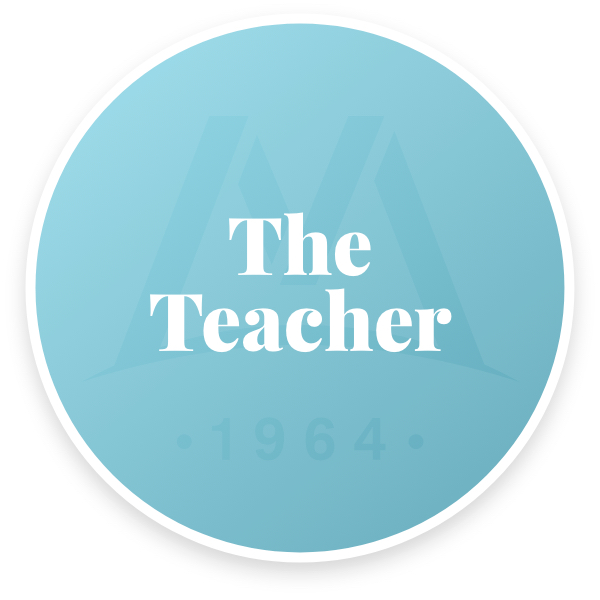
The Montessori teacher is considered an integral part of the prepared environment. He or she provides the link between the child and the classroom environment by presenting the materials to each child and carefully modeling how materials are to be used. Montessori teachers are highly skilled observers trained to recognize the optimal time to present materials from different subject areas to the child. Once a material has been presented and its use properly modeled, the child is given unlimited time to absorb the information inherent in the material’s design. The teacher is also the model of behaviors and attitudes appropriate in the classroom community, including respect, kindness, patience, warmth, enthusiasm and joyful learning. She gives the children “Grace & Courtesy” lessons, modeling appropriate behaviors such as how to watch others work, ask for and provide help, and resolve conflicts.
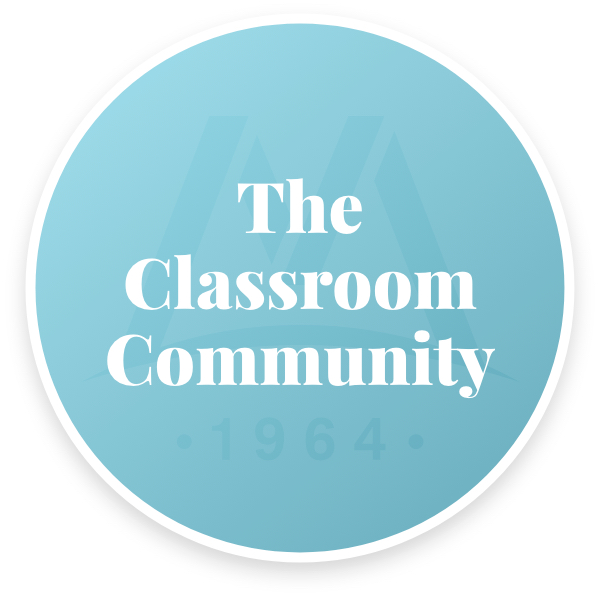
A key feature of the prepared environment is the mixed-age classroom community. Dr. Montessori designed her age groupings through observation, noting that children 15 months to 3 years shared significant developmental needs and capabilities, as did 3 to 6 year olds and 6 to 12 year olds. She also observed that children often learned from other children in highly effective ways, and that older children were powerful models of norms and behavior for the younger children. The mixed-age classroom also gives children maximum freedom to develop naturally, since each is able to learn at his or her own pace without being considered “ahead” or “behind.” Freedom of movement is also a hallmark of the Montessori classroom. By mixing freely, the children learn and live the responsibilities, demands and joys of community life, as well as the patience, empathy and acceptance that make community life possible.

Dr. Montessori believed that the prepared environment should be a peaceful, orderly and beautiful place in which children could work independently and care for their own environment. Classroom furniture is sized for the children, and all materials are displayed on low shelves so that children may find what they need and return materials to their proper place on their own initiative. Appropriately-sized brooms and mops and a ready supply of sponges and towels are always at hand; as such, systems are in place that allow children to take care of the environment independently.
When you take the opportunity to observe your child in his or her own classroom, you will see that the sum of all these elements is greater than may be imagined. The children make the prepared environment their own – as it was designed to be. In this world, the children are independent, capable, confident and sure of their place in their community. We encourage you to make an appointment to observe; we promise you will enjoy every minute.






